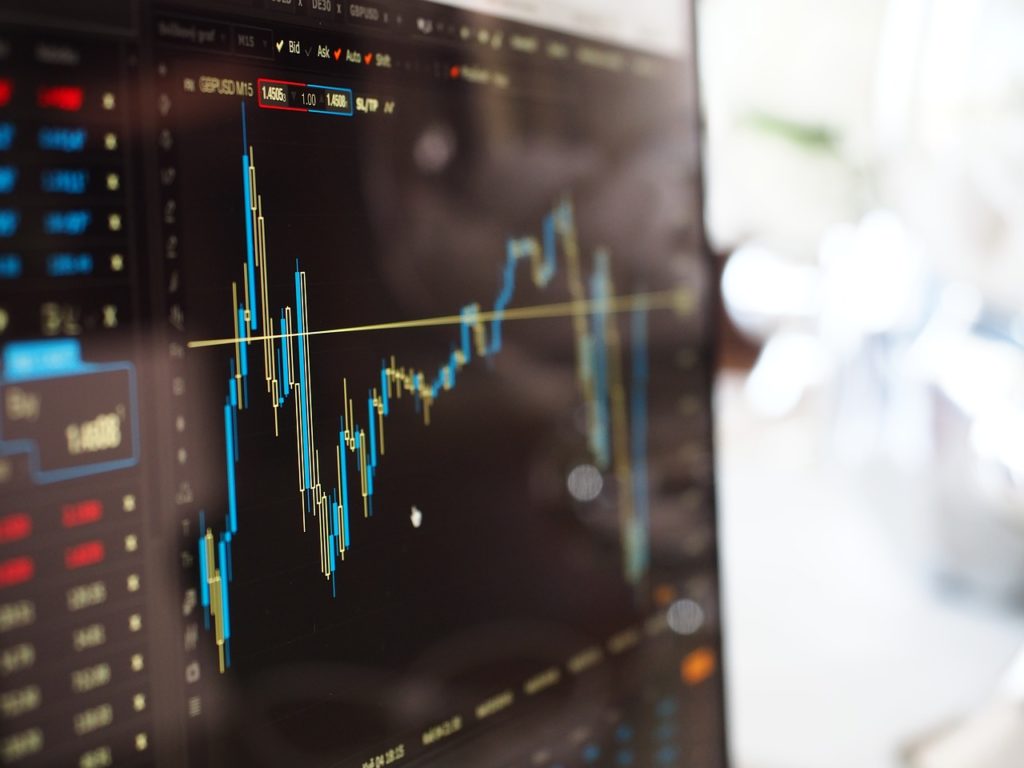Stock prices: how they’re set
When you’re buying stock, you’ll always be looking for a bargain, and you’ll note that there’s often disagreement over how high the price of a stock is, especially with the big flotations that get discussed in newspapers as well as the trade journals. People may feel that it ought to be lower or even that it’s undervalued, and if that gets published widely, you can expect a big rush to buy. But where does the price come from in the first place?
The IPO
When they’re preparing to float on the stock market for the first time in their Initial Public Offering (IPO), companies need to have a very clear idea of what they’re worth. They get this by paying for an assessment by an investment bank, which uses a number of different complex formulas to arrive at a value. Importantly, all investment banks use much the same formulas for this, which means that companies are consistently valued in relation to one another.
As well as establishing a value, the investment bank will decide how many shares should be issued, effectively setting the value for each one in the process. The number will depend to an extent on the estimated level of demand.
Indirect influences
Although they don’t directly affect stock price, a number of external factors can influence it because of their effect on the wider marketplace. These include the direction of the wider economy (including whether it’s a bull or a bear market), the state of the credit market (especially the cost of borrowing) and employment levels. What’s significant about these factors is the direct impact they have on supply and demand, as each affects the ease with which companies and individuals are able to make investments. They can also influence the growth potential of stocks.
Supply and demand
Once a stock is for sale on the open market, after the IPO is over, its value is determined by the mechanics of supply and demand. This naturally fluctuates over time through a process that’s theoretically easy to follow, though in practice it can be tricky to keep track of all the myriad factors that can affect it.
How it works is this: if a company starts to struggle, if the sector it’s in begins to slow or if some other factor leads people to believe that its fortunes are about to take a turn for the worse, many of its investors will start to get rid of their shares, aiming to sell before the price drops too far. A lot of people selling at once creates a buyers’ market, which leads the stock value to fall further. Eventually, however – assuming the company survives the process – it falls to a level where traders start to think that it might be undervalued. That can happen more quickly if circumstances shift in the company’s favor – for instance, if it signs a new contract that makes its future prospects look stronger.
Once people notice that a company’s shares are undervalued, they start buying again. A tip in The Bull Asia can kickstart this process so that it happens really fast. This causes the price to rise, and as everybody wants to get in there and buy before it reaches its peak, there’s further stimulus for it to keep rising – until it starts to look overvalued or the company again experiences a negative turn in its fortunes. The trader’s art is focused on anticipating this cycle of supply and demand.
Stock auctions
Although the mechanics of stock value fluctuation over the course of a day is now handled electronically, the prices set at opening and closing day auctions in major trading centers such as the New York Stock Exchange still incorporate a human element and are important influencers on the day’s trading.
The opening day auction is when the reference price for stock is established. That is based on the previous day’s closing price and is usually the same, but the response of traders to new factors such as announcements of deals or unexpected losses can lead to the price being adjusted, so the result reflects human expectation and sentiment rather than purely mechanical factors. This price is what designated market makers (DMMs) use when they open trading. At the close of the stock exchange, the closing auction follows a similar process to establish the closing price, which also factors in the way that trading in any one stock has developed over the course of the day.
The result of all this is the stock price you see when you’re deciding whether or not to buy. Having an understanding of this process will improve your decision-making.

